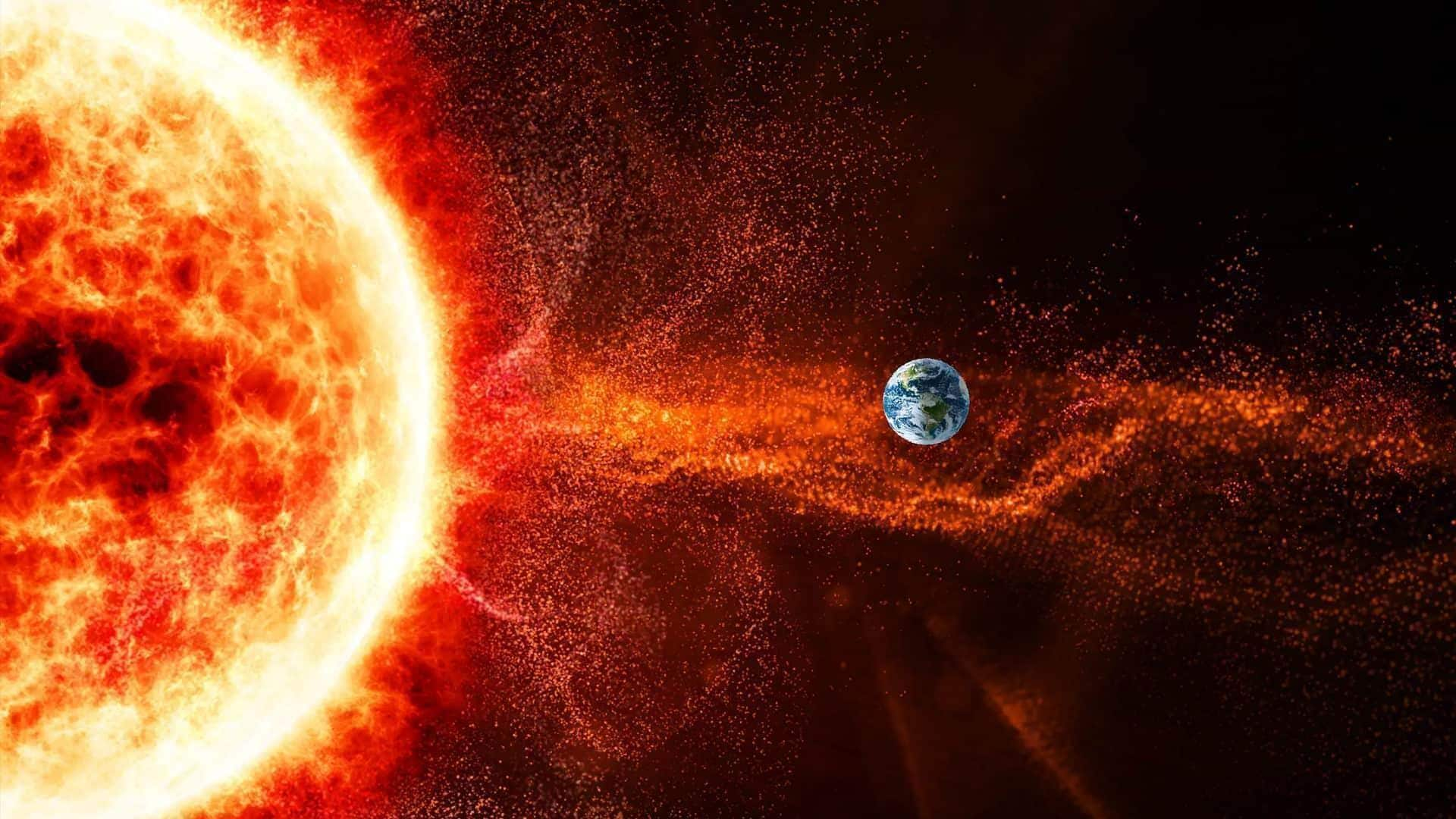
Four solar storms headed for Earth this week, auroras expected
What's the story
A series of four coronal mass ejections (CMEs) are hurtling toward Earth, with the first impact expected today. The CMEs originated from sunspot region AR4246 between October 11 and October 13 and are likely to produce stunning auroras in northern skies and possibly mid-latitudes too. The National Oceanic and Atmospheric Administration's (NOAA) Space Weather Prediction Center has confirmed that these solar storms will reach our planet between October 15-17.
Storm forecast
G1 geomagnetic storms could be triggered
The strongest geomagnetic storms are expected to peak later today and into October 16. These storms could reach G1 levels, the lowest category on NOAA's five-point space weather scale. Despite being minor, G1 storms can produce spectacular auroras at high latitudes such as northern Michigan or Maine. They may also cause weak power grid fluctuations and minor satellite impacts. The effects of these solar storms could last for days.
Solar flares
Sunspot AR4246 responsible for increased solar activity
Solar activity has been particularly high this week, with sunspot region AR4246, a large and magnetically complex group of sunspots, producing several M-class flares. An M2.7 flare was recorded on October 13 in association with one of the CMEs currently heading toward Earth. CMEs are massive bursts of magnetized plasma from the Sun that can impact Earth's magnetic field and create auroras when charged particles interact with atmospheric gasses.